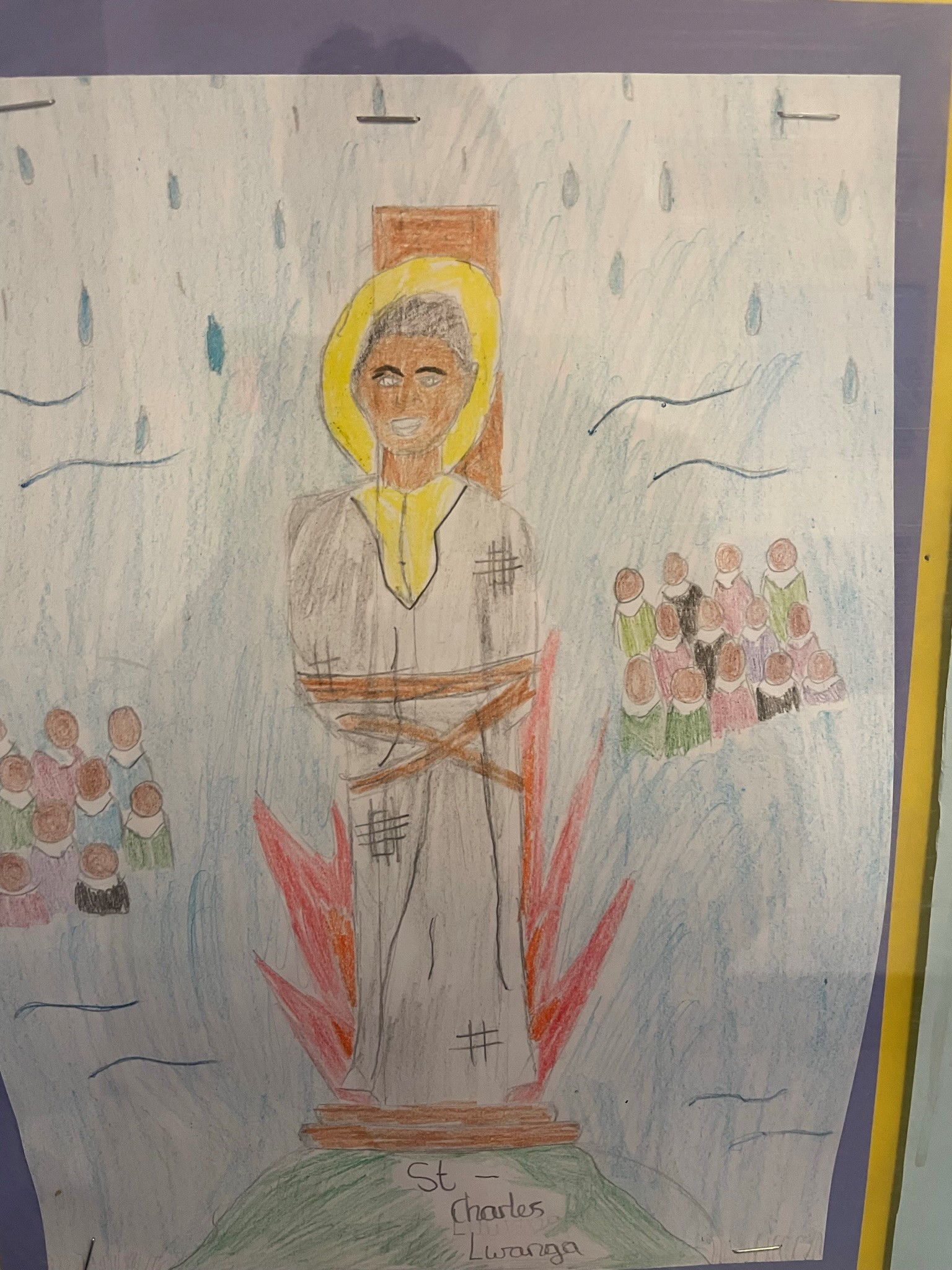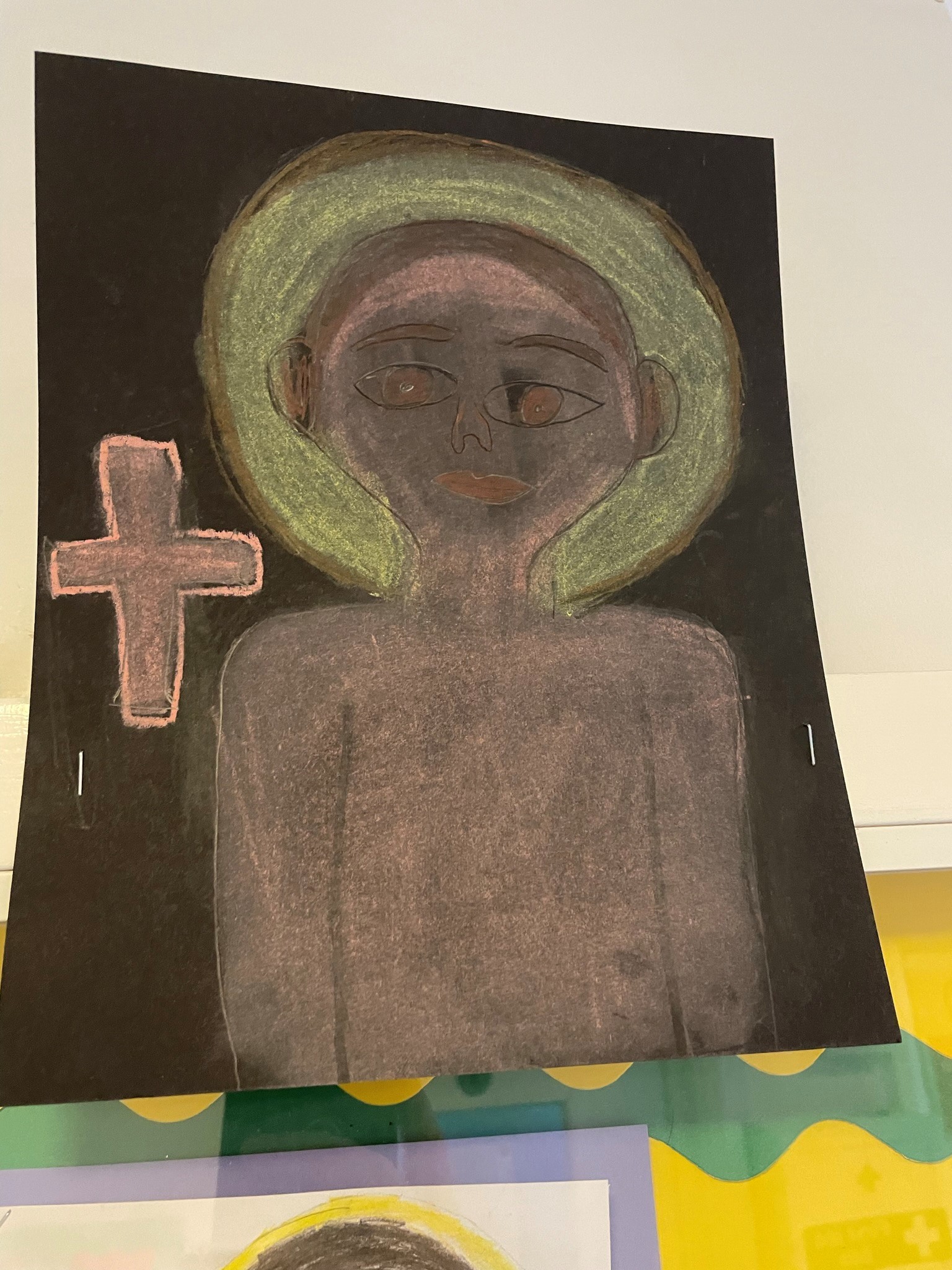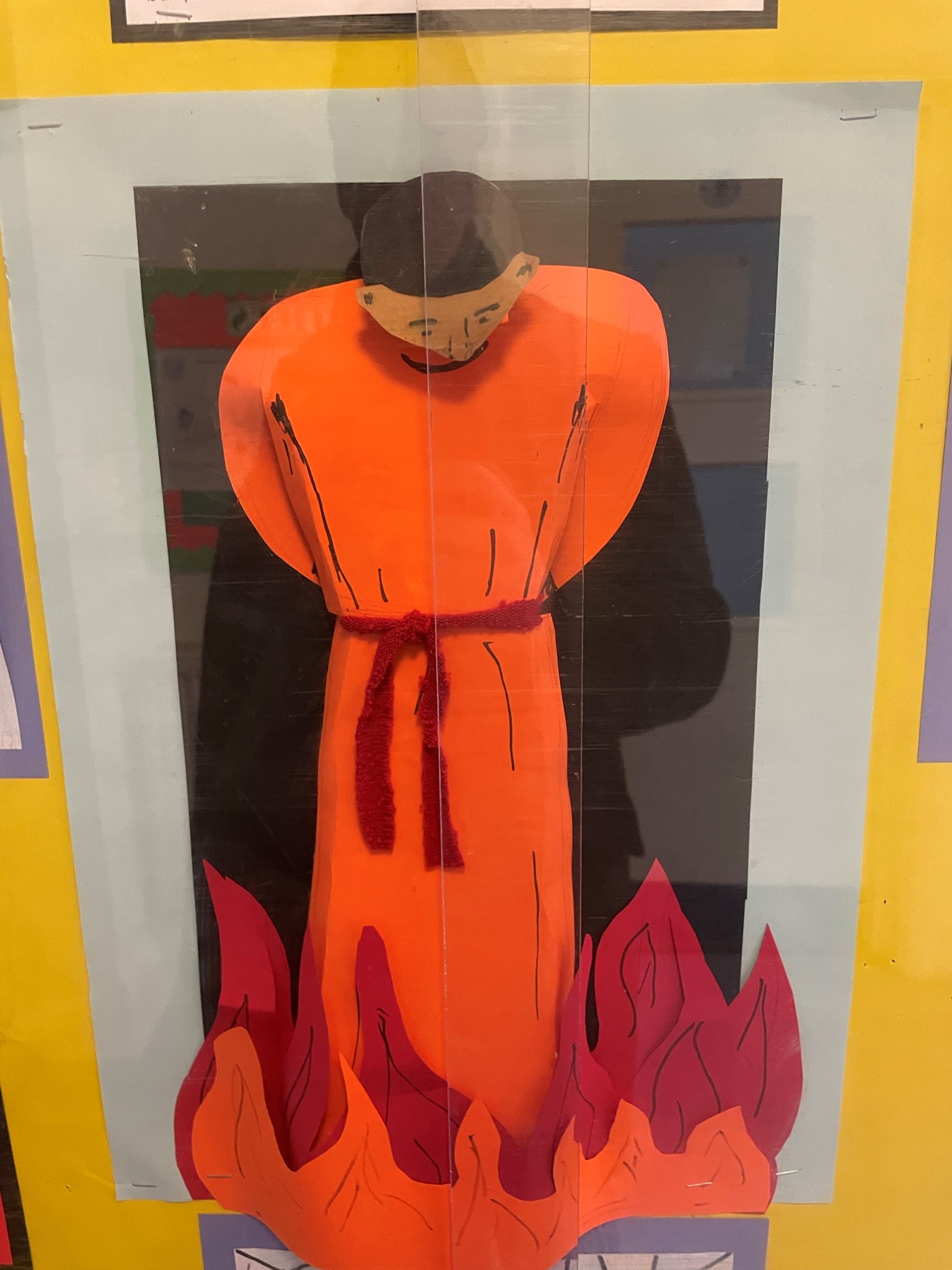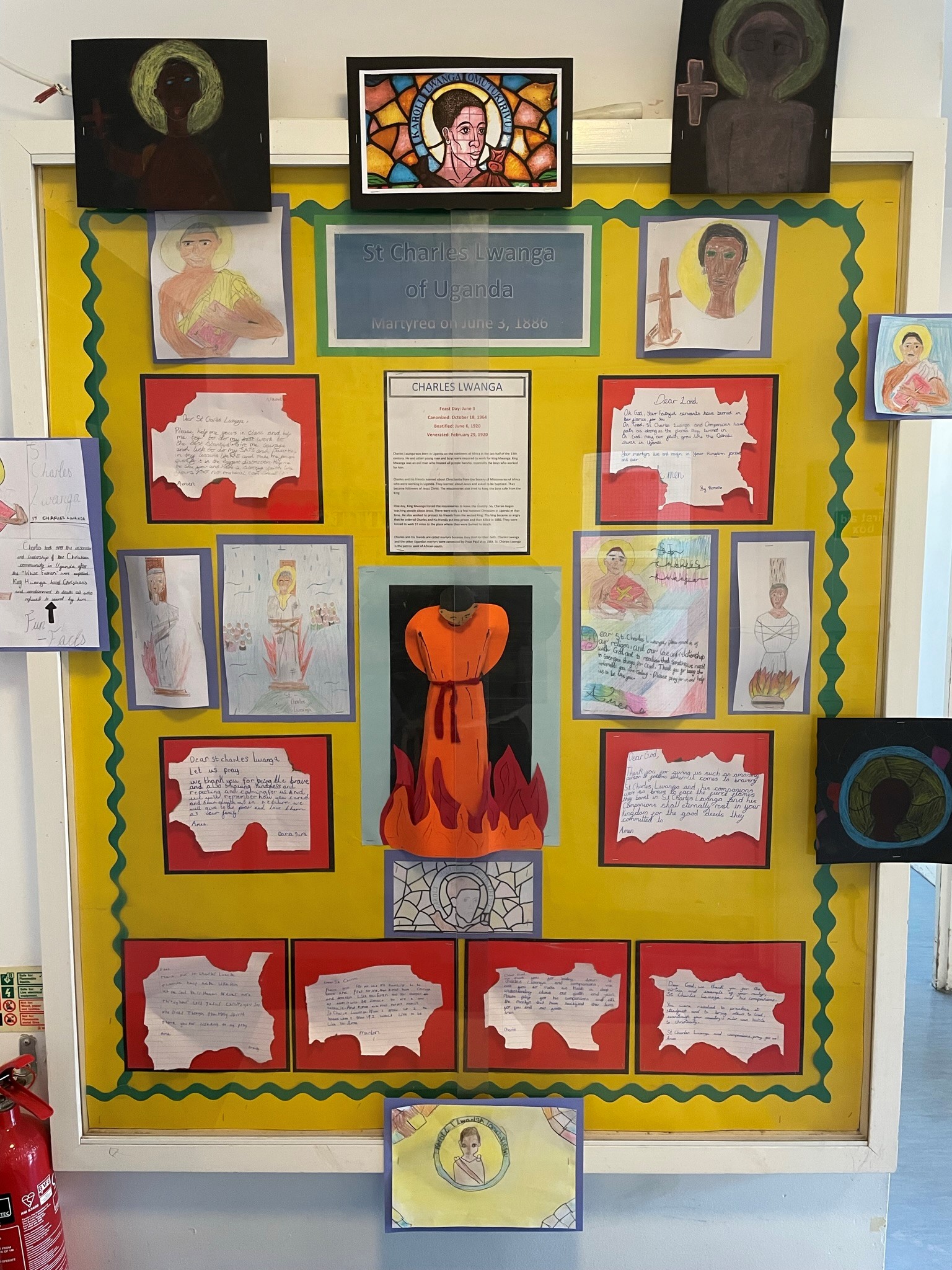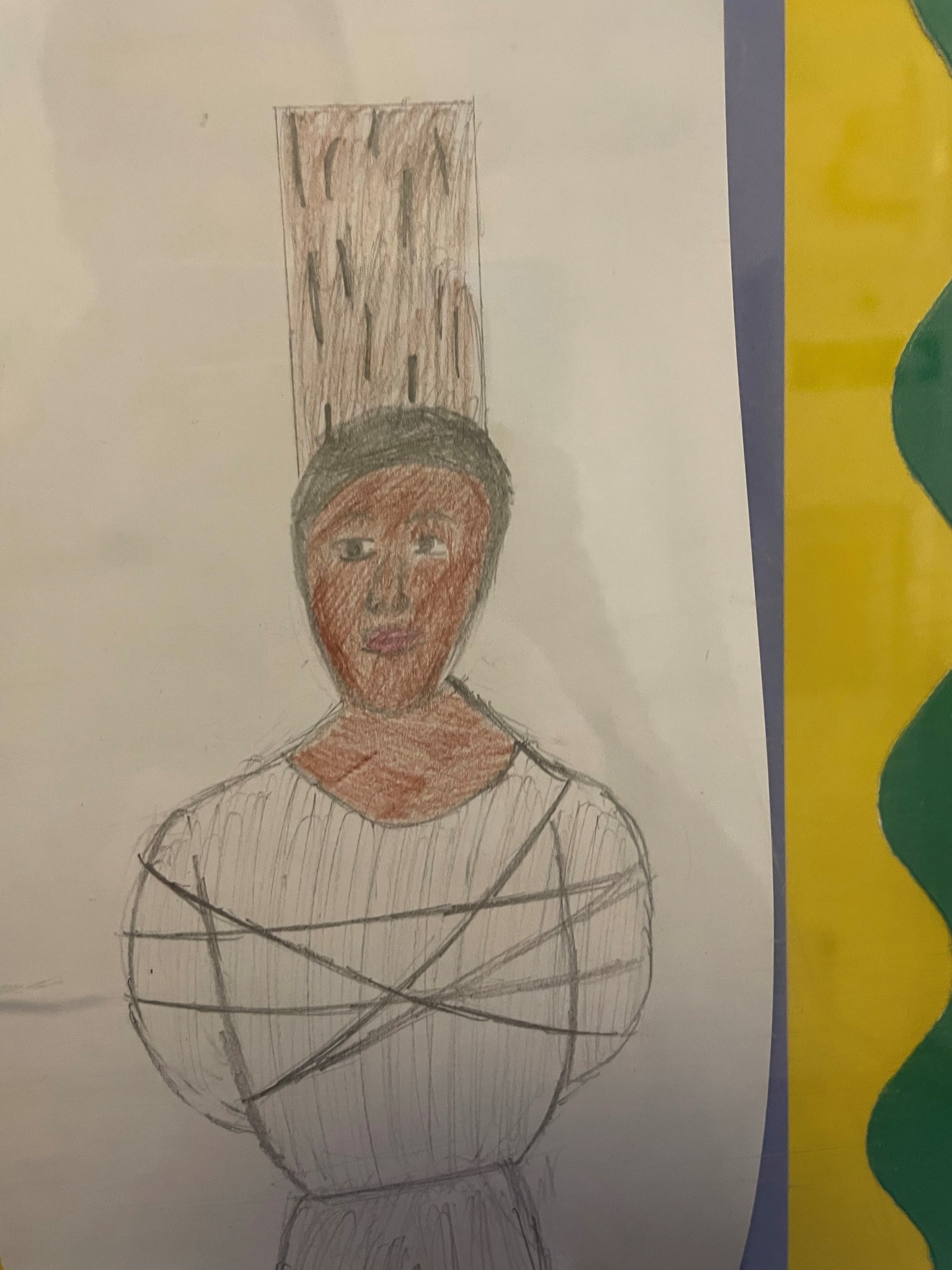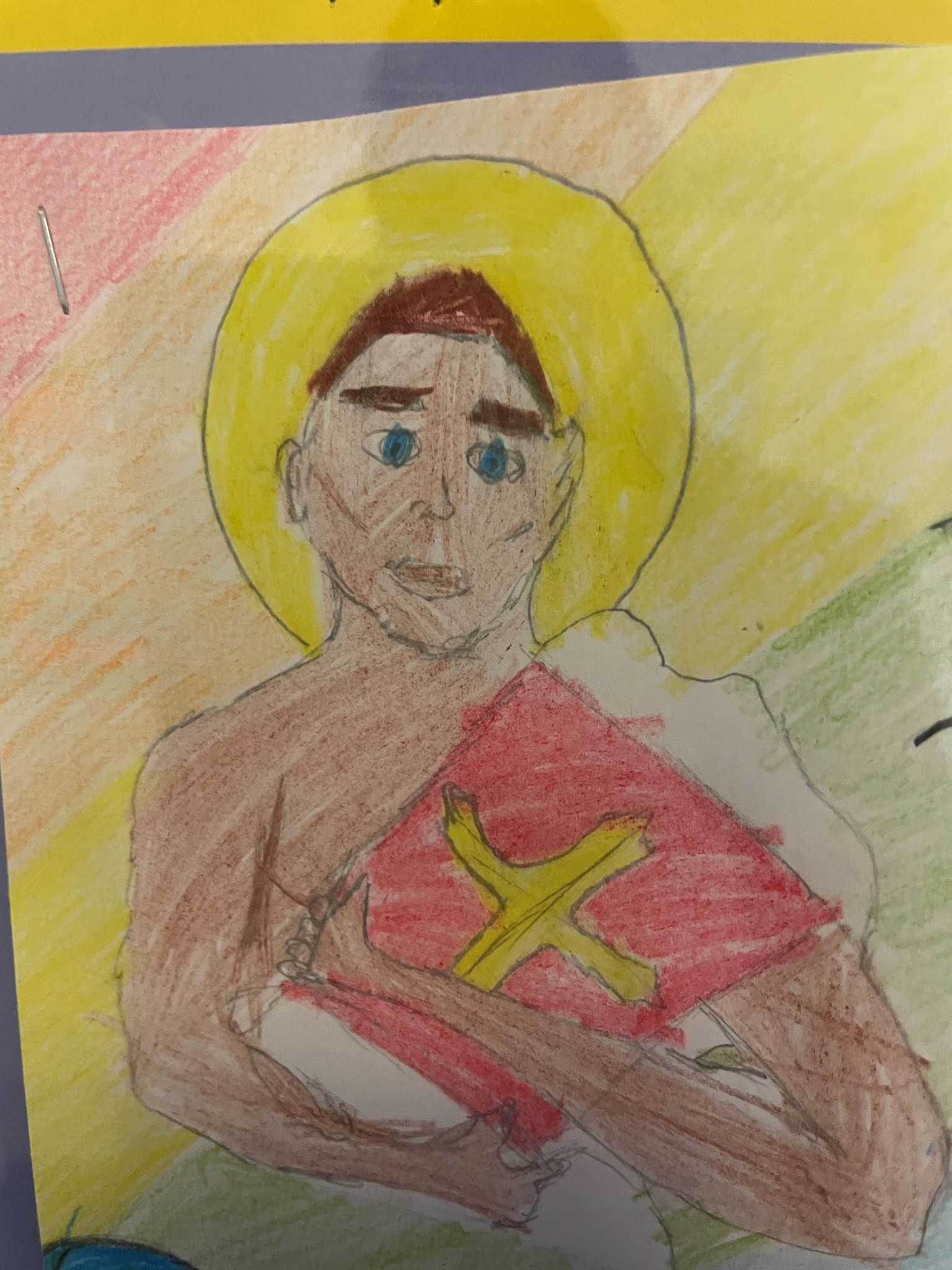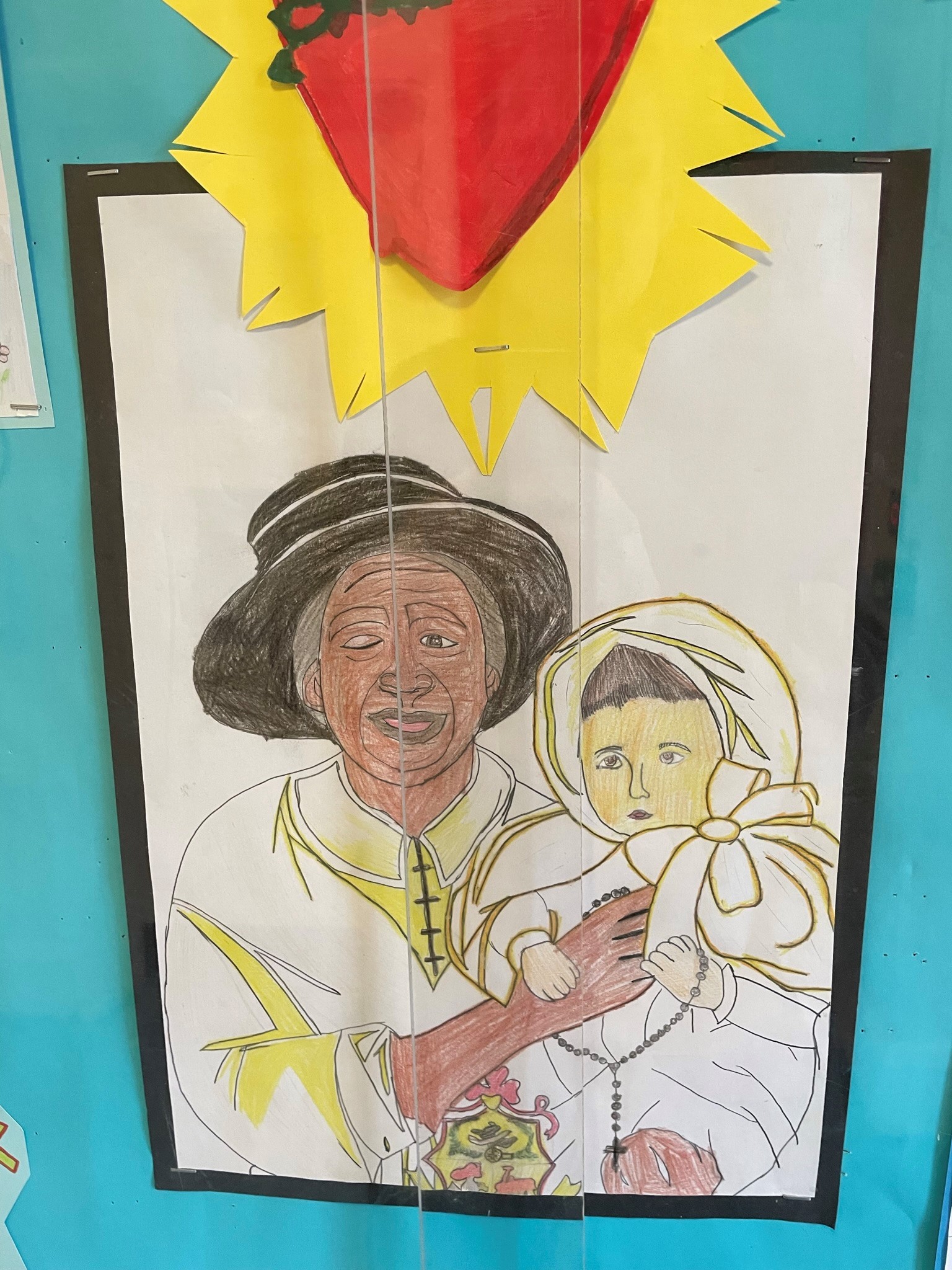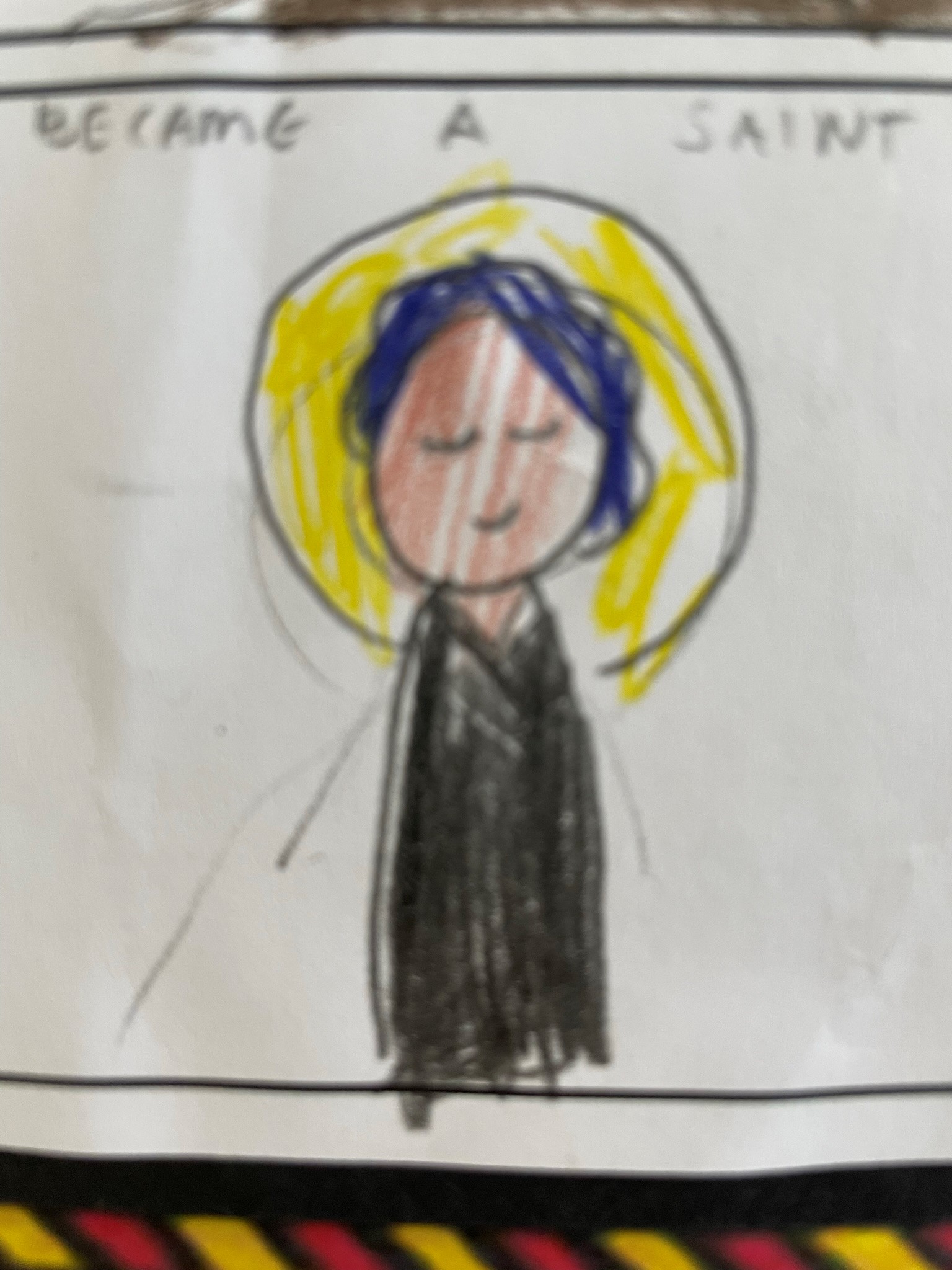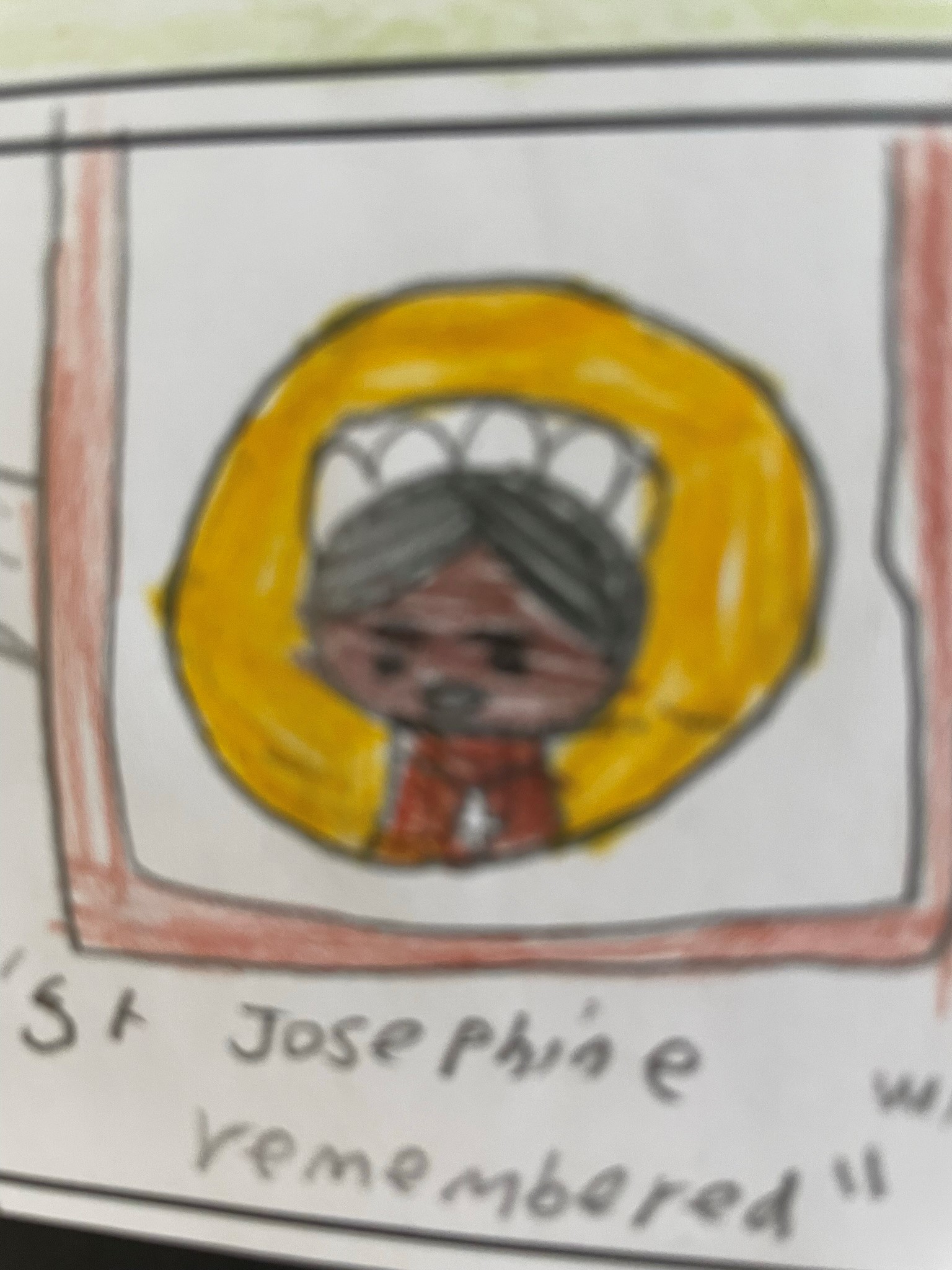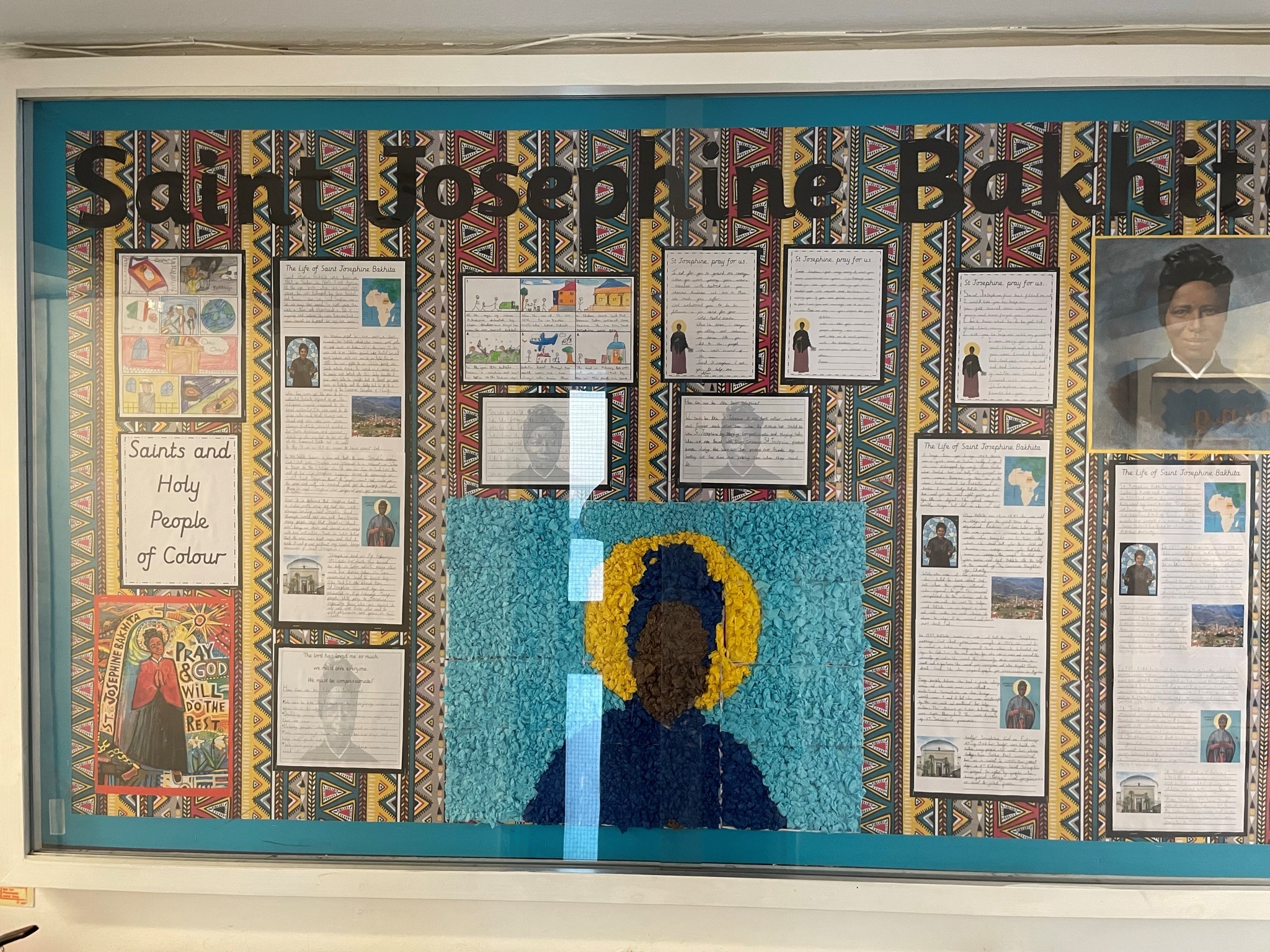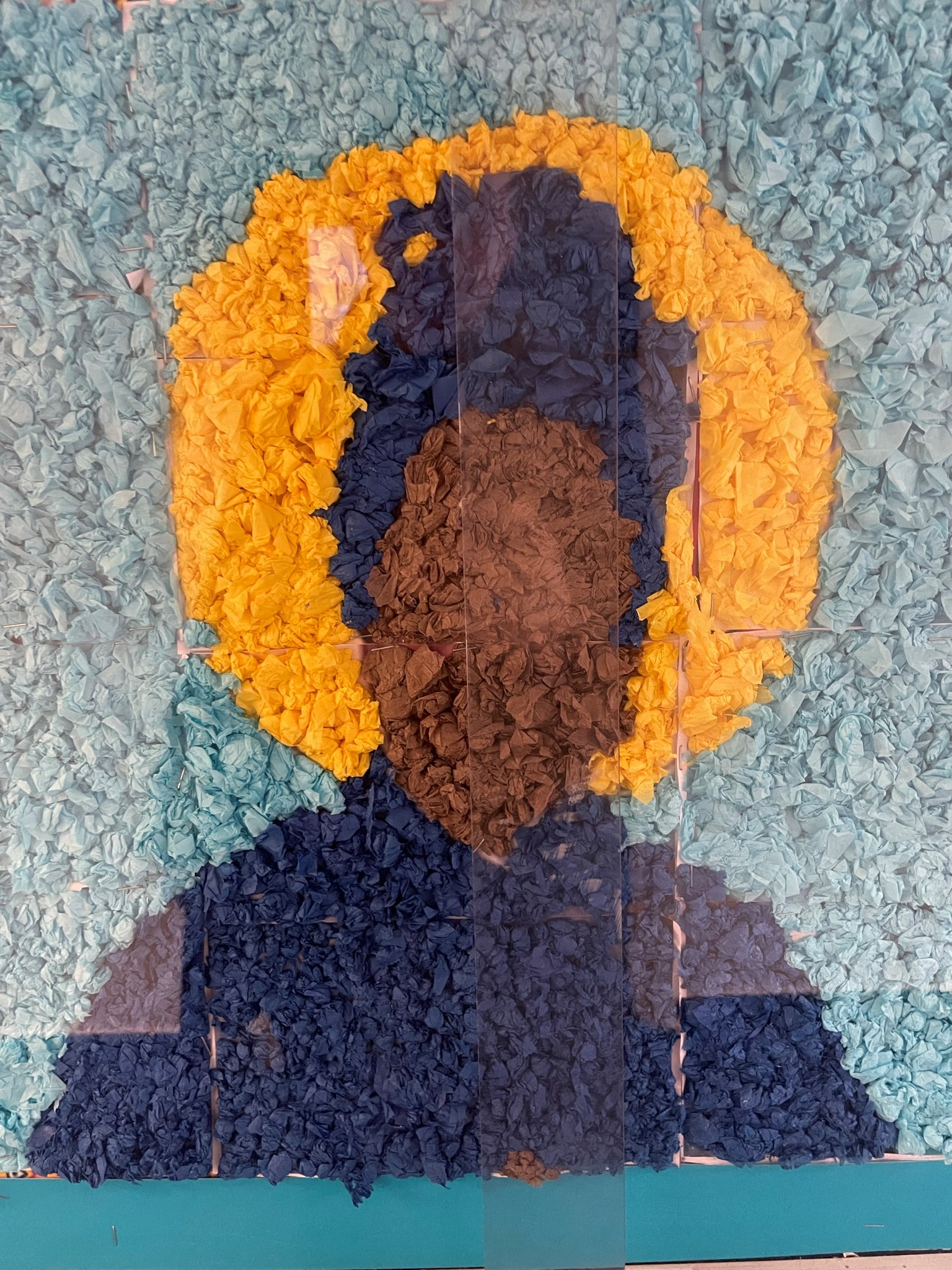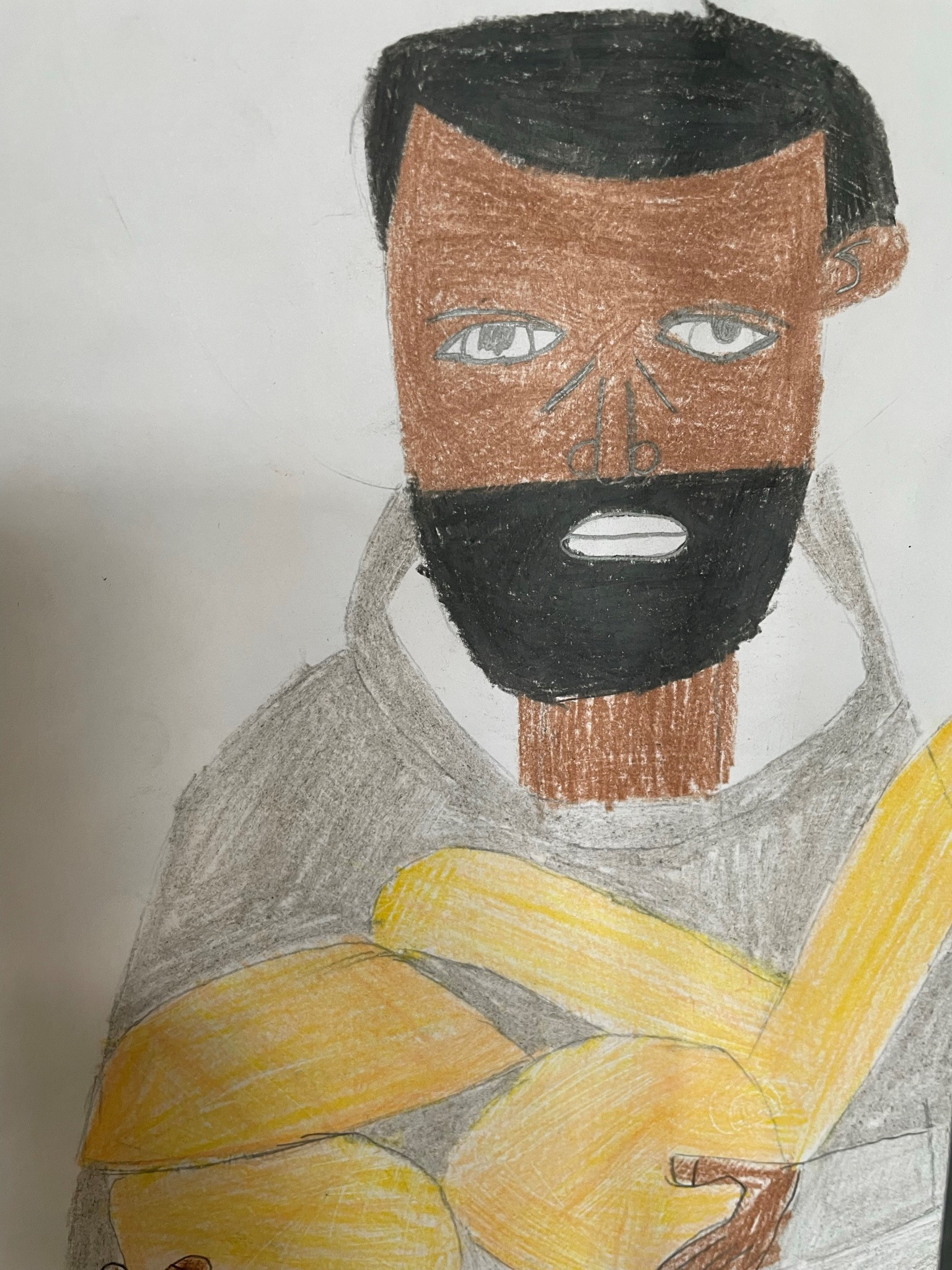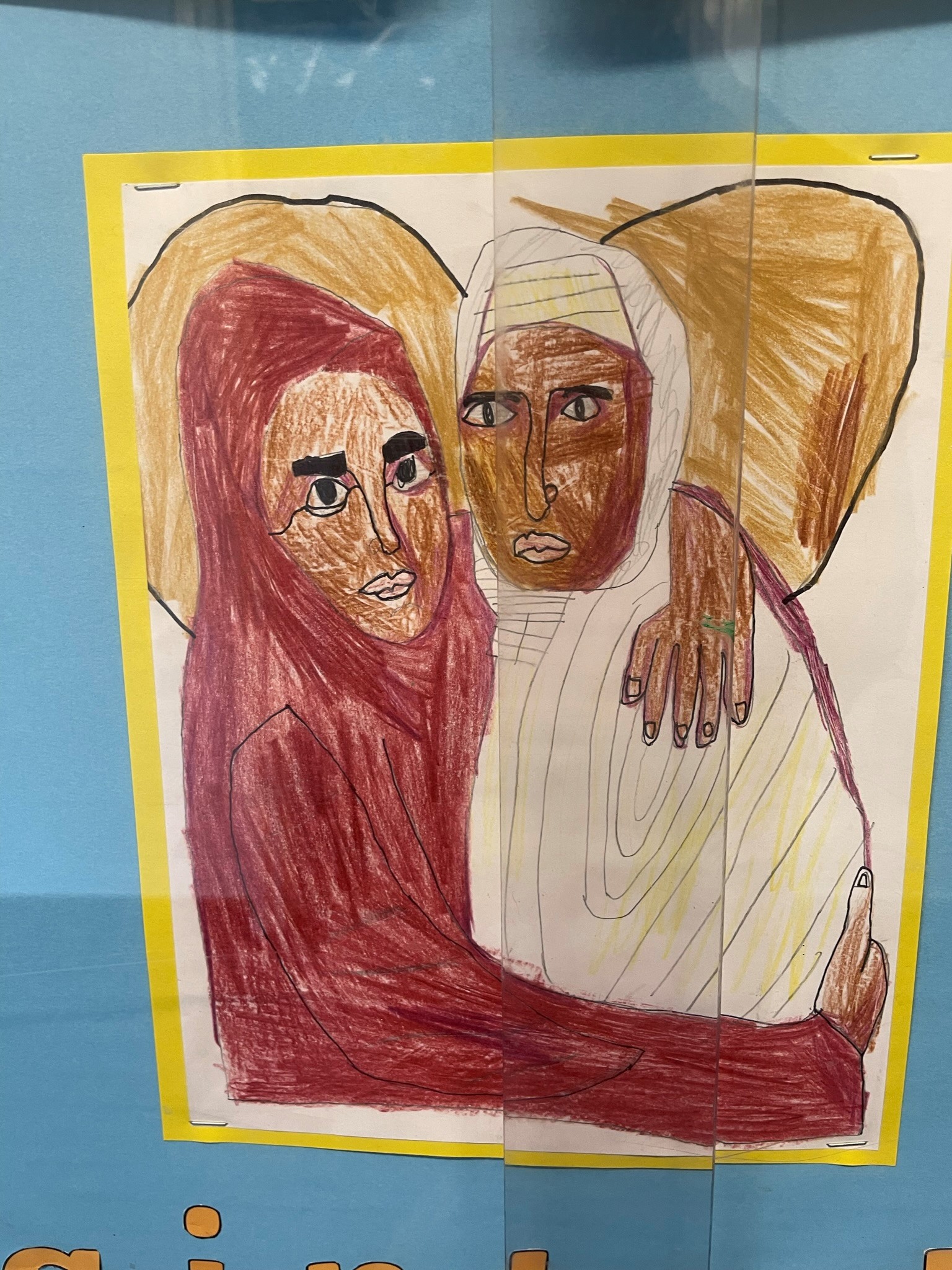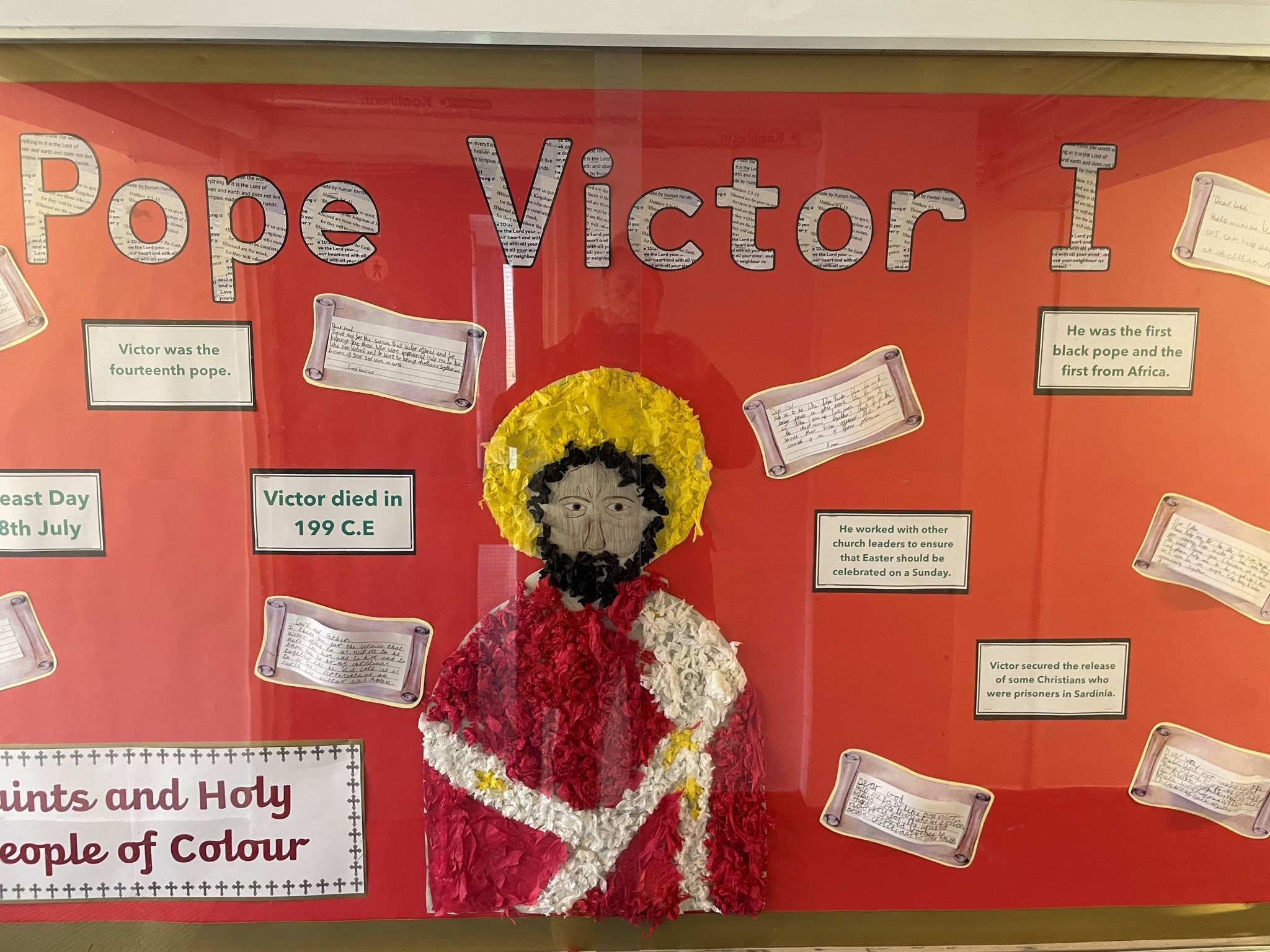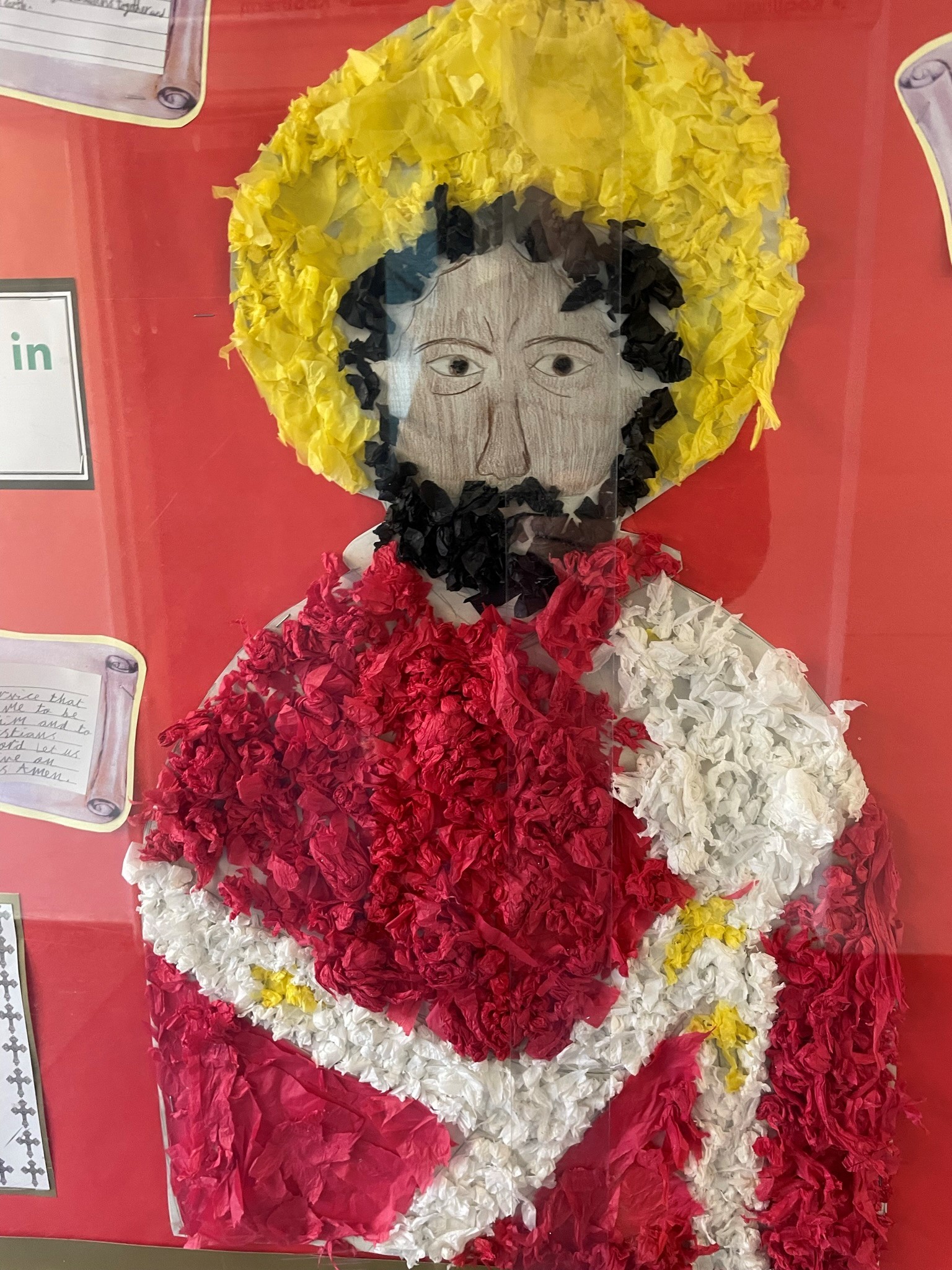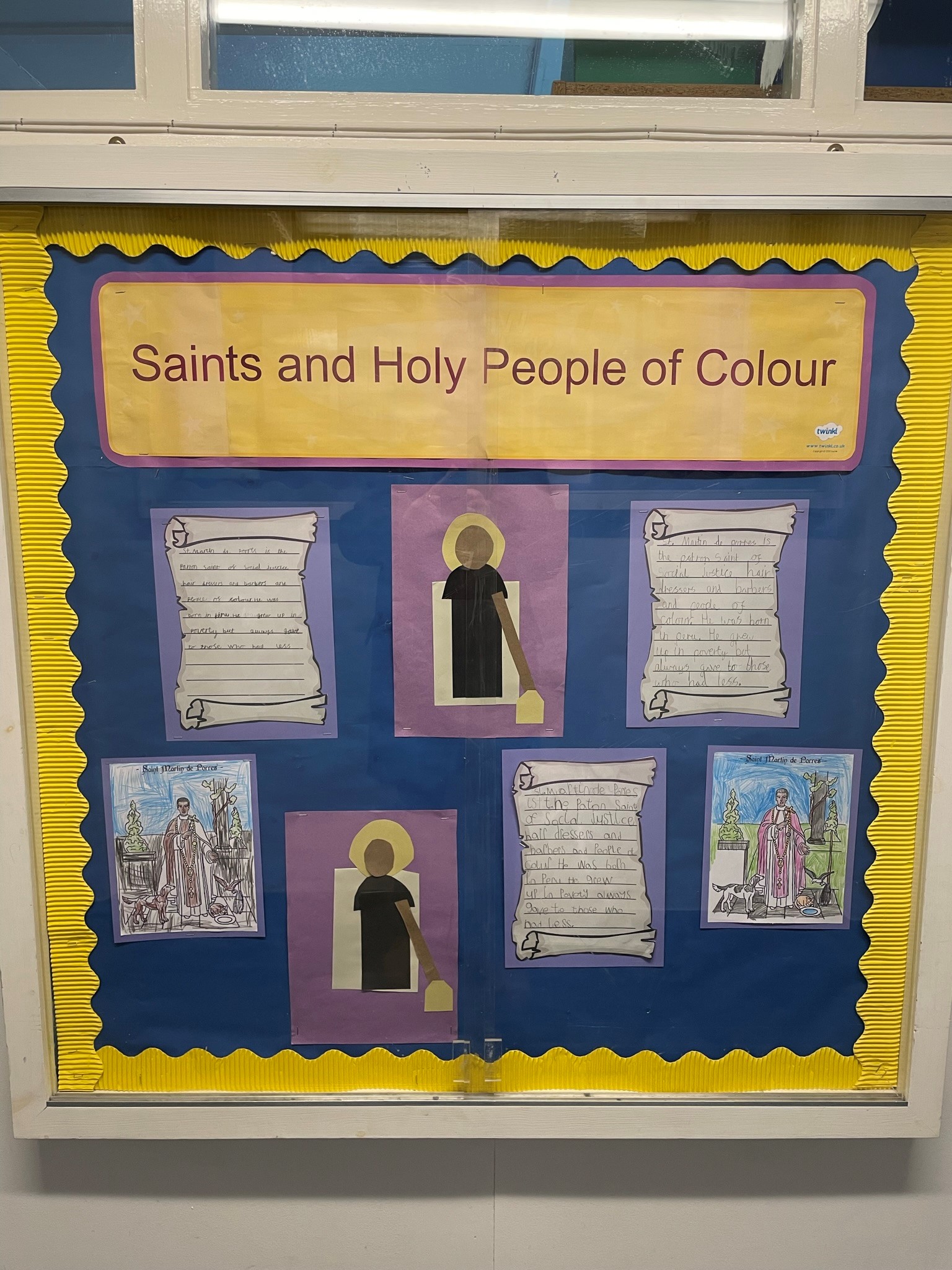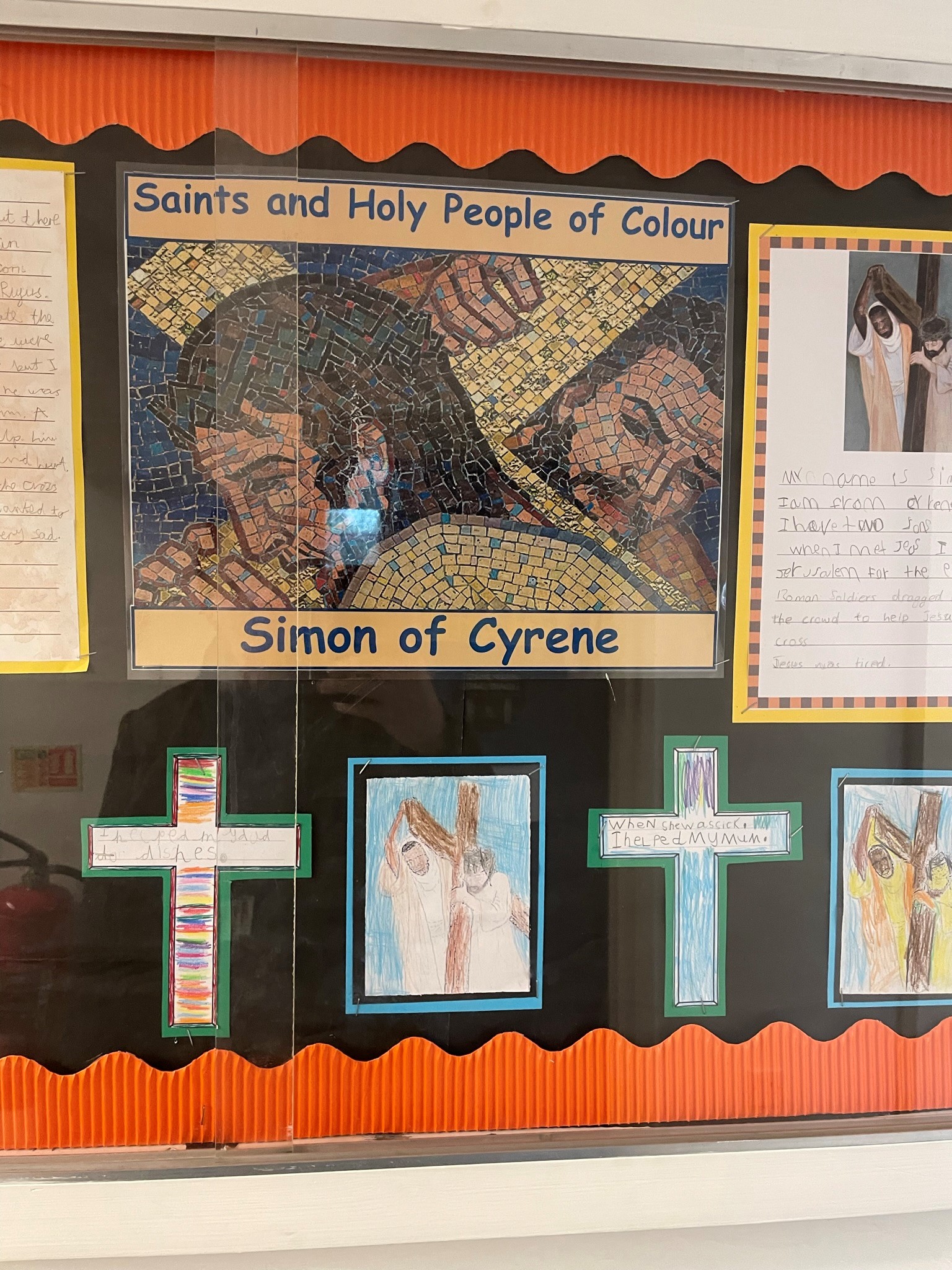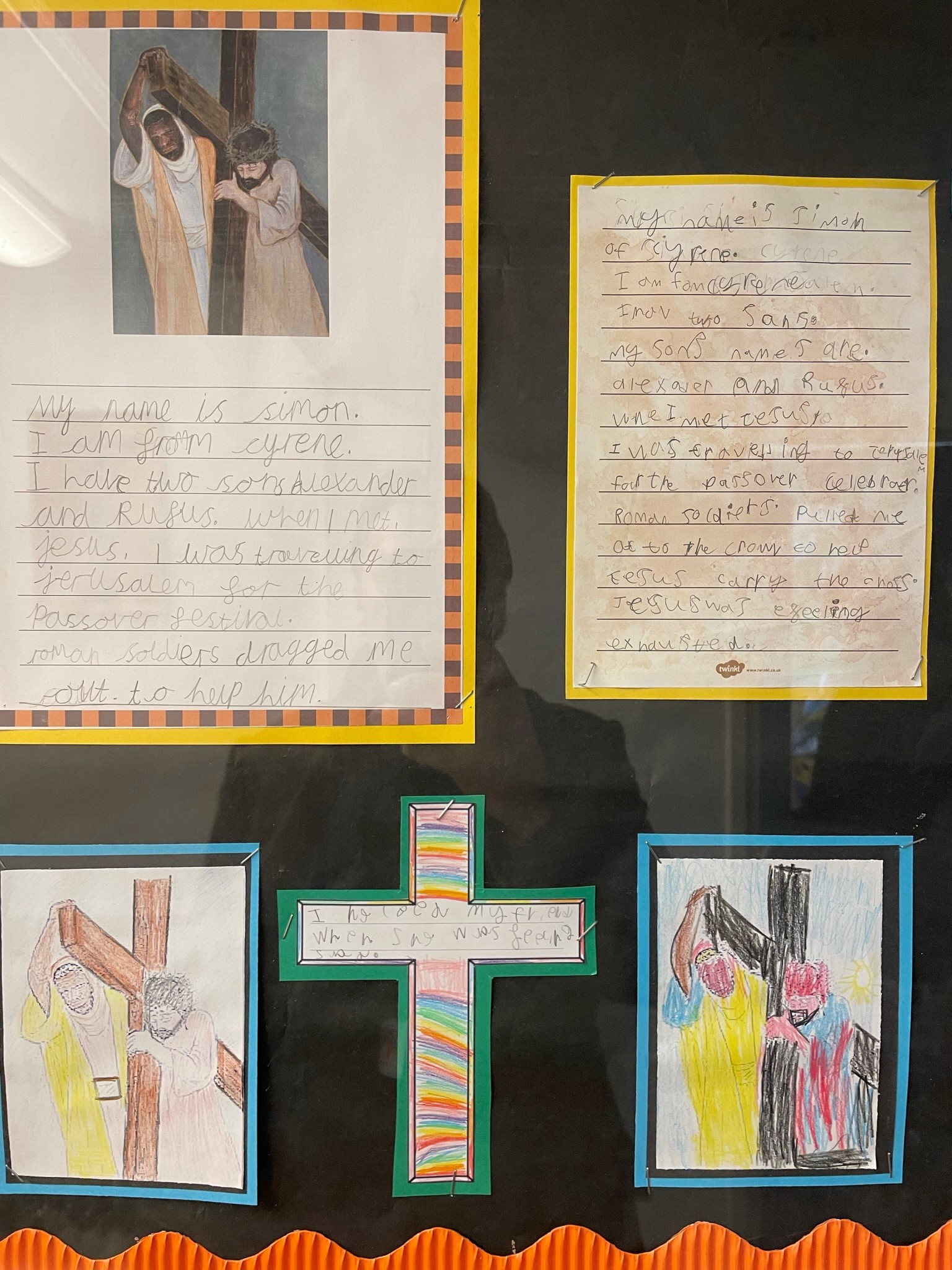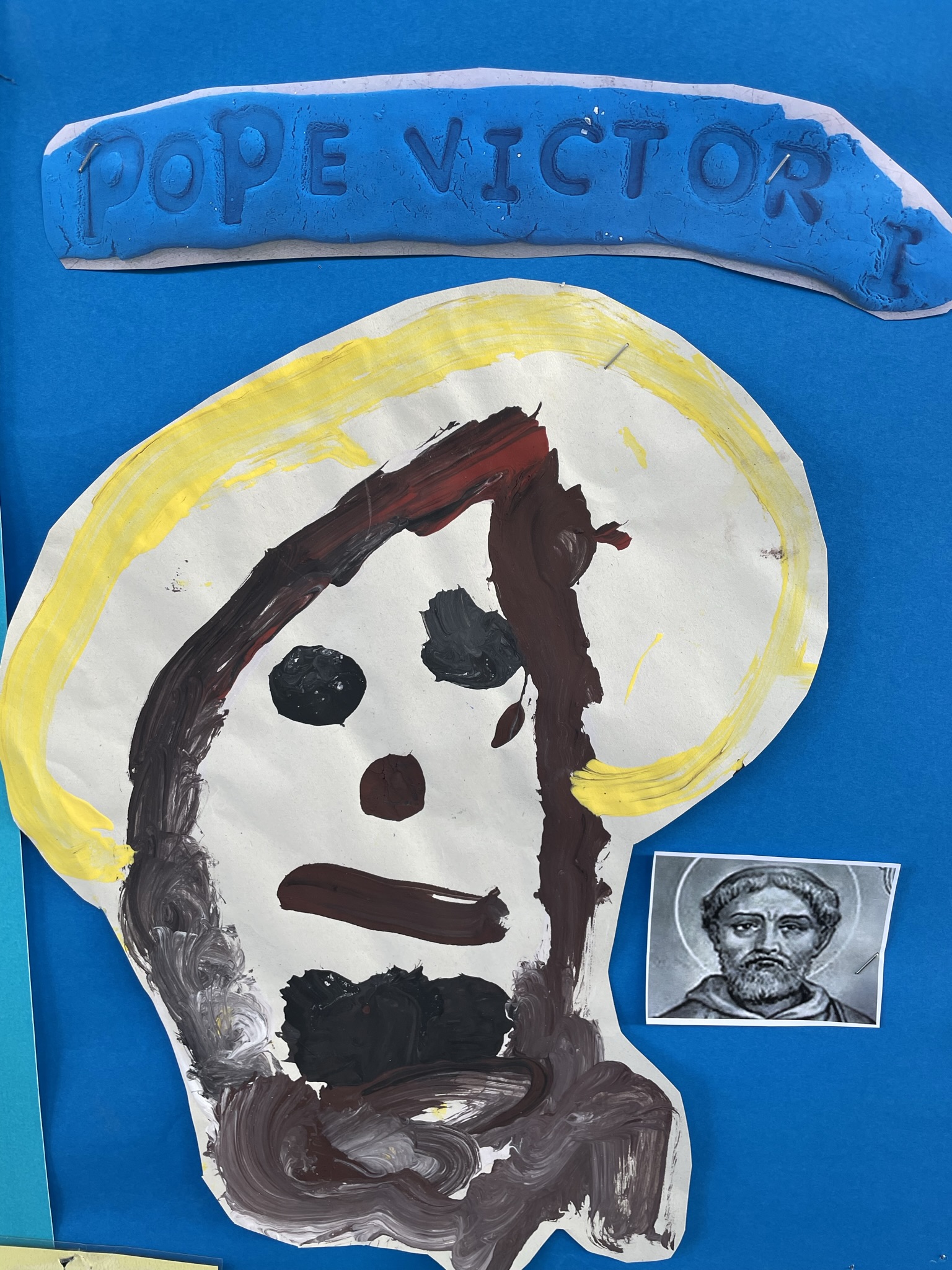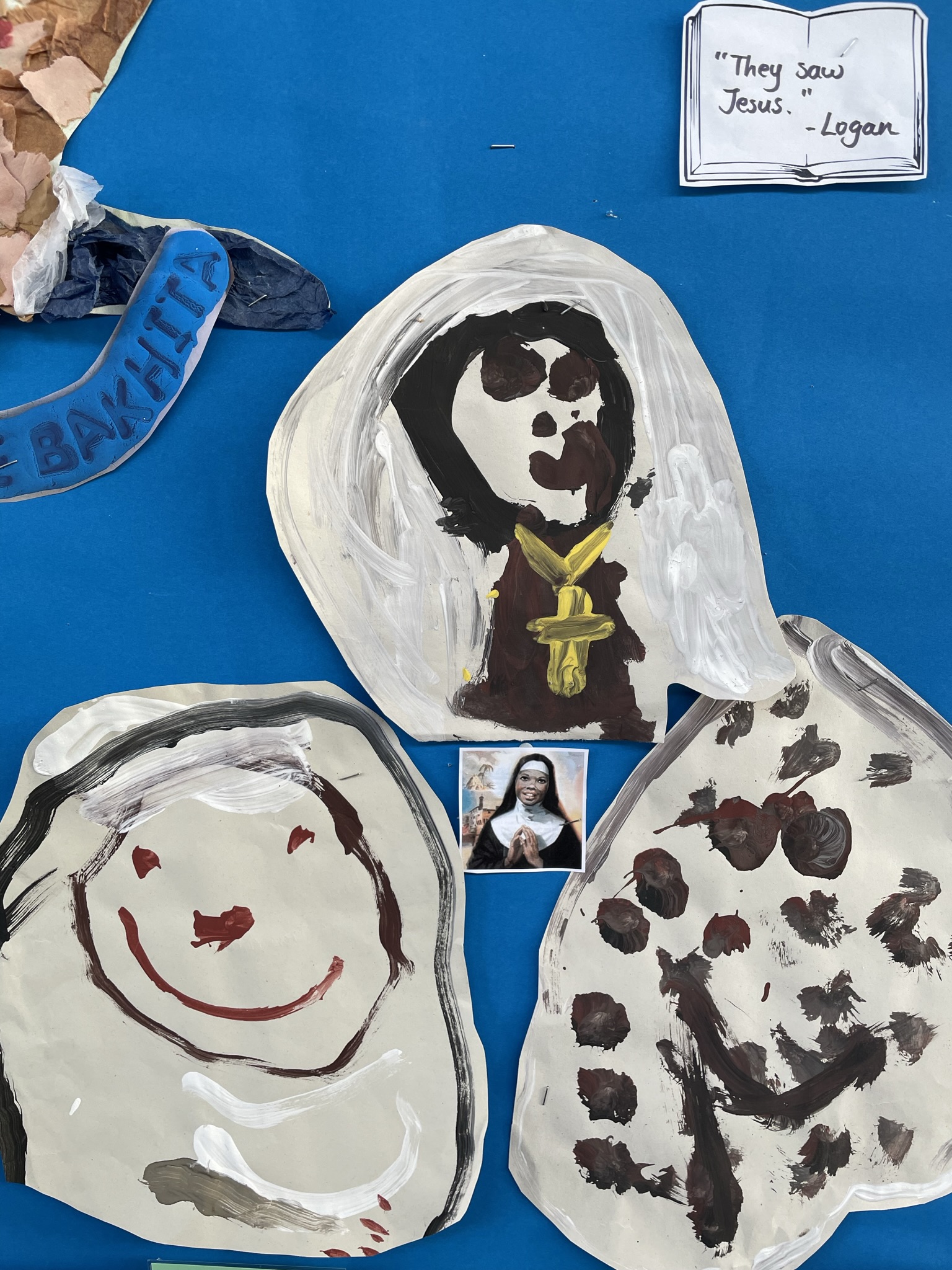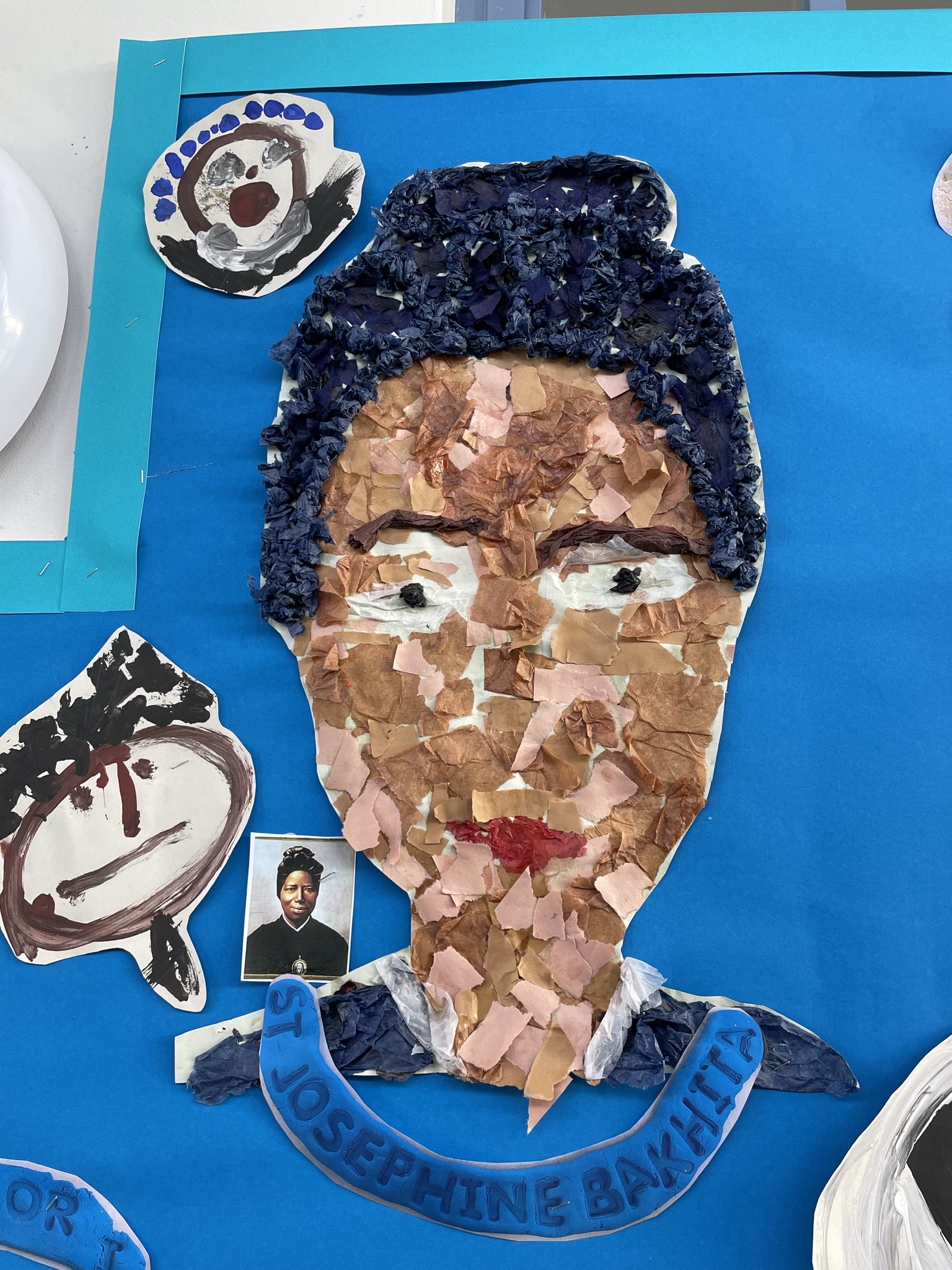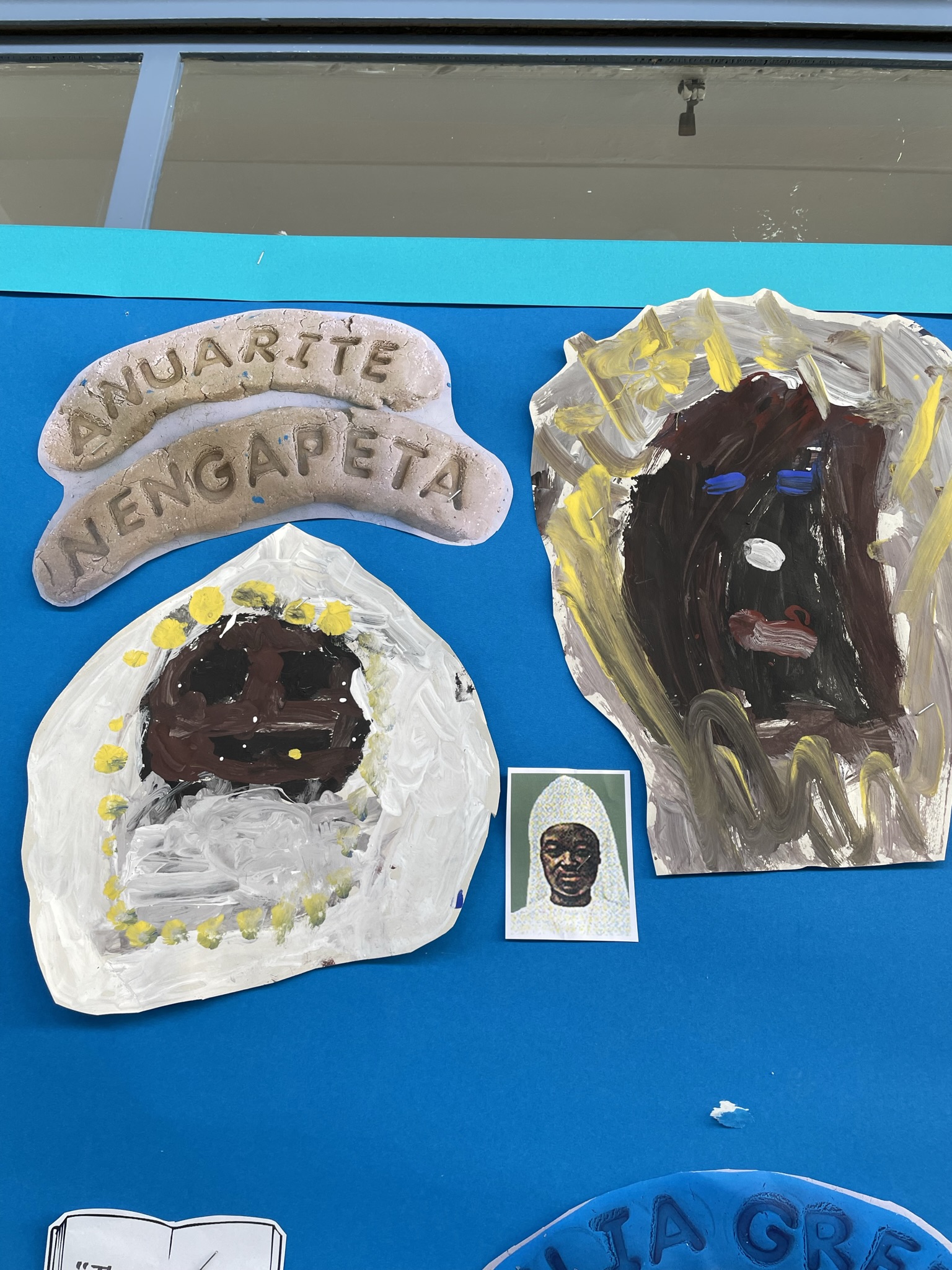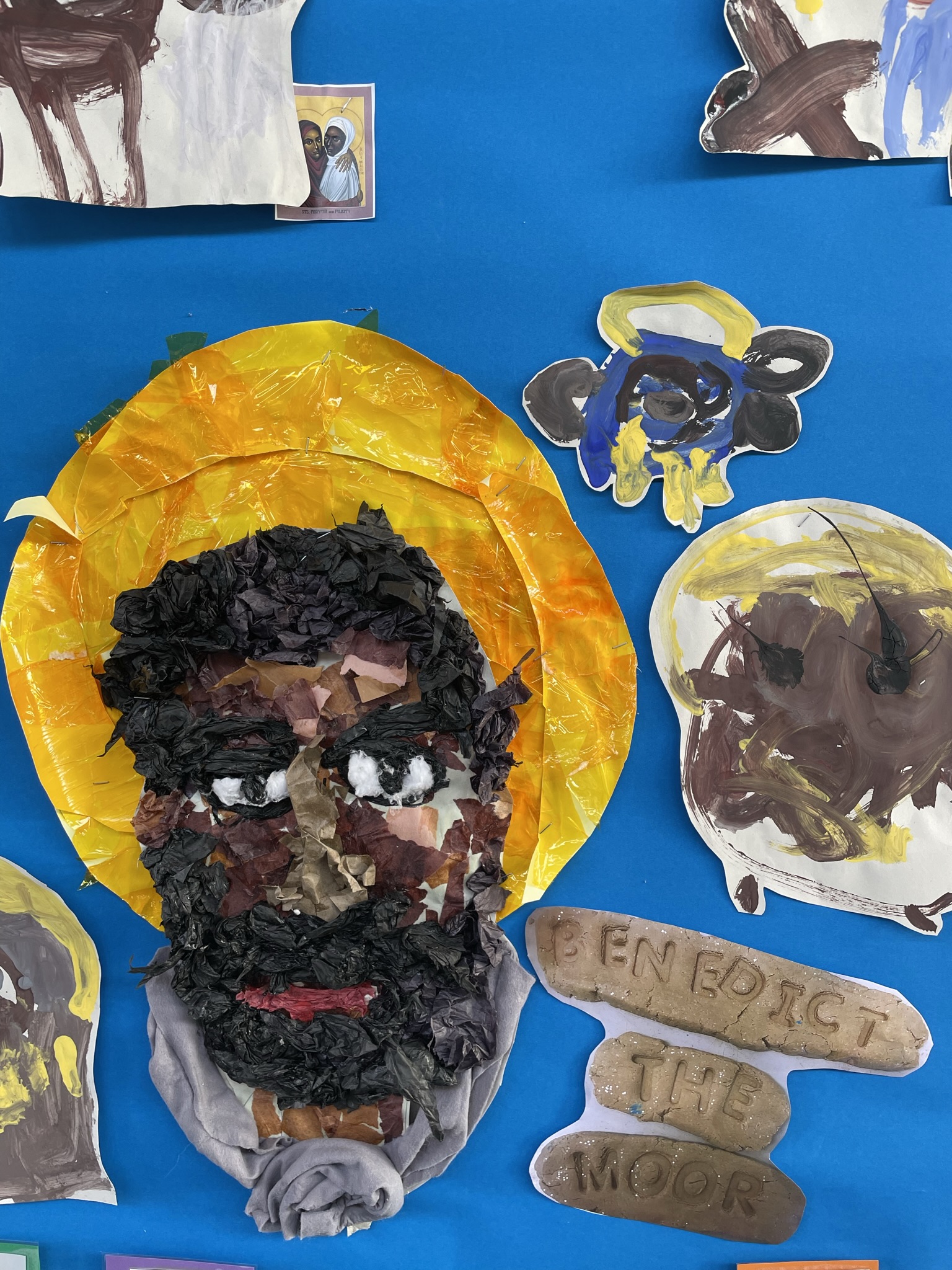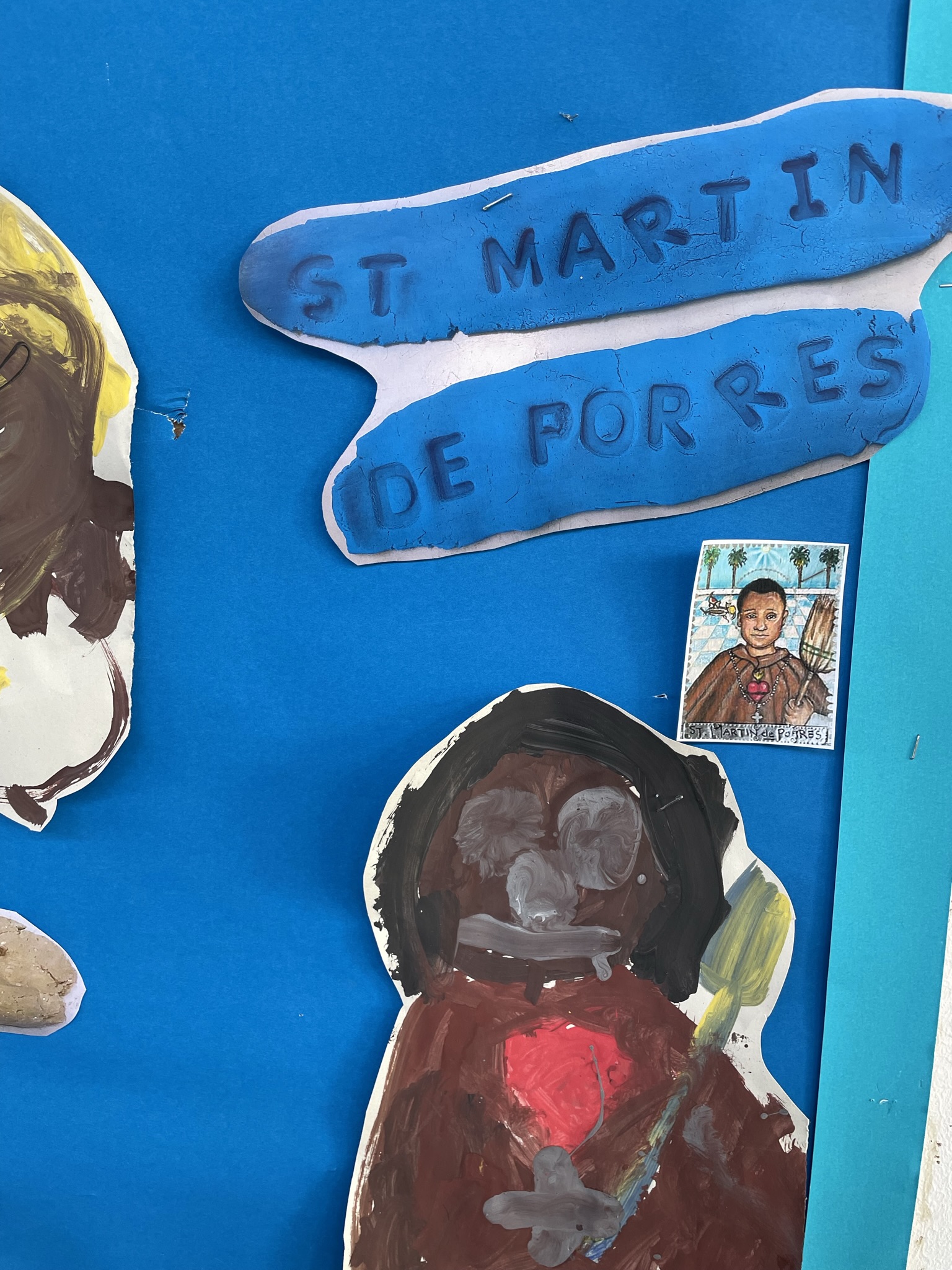When Charles Lwanga was a child, the people of Africa had never heard about Jesus. When Charles was a boy, some priests came to his village to teach the people about the Christian faith. Charles became a Christian.
The king of Uganda did not understand what Christianity was all about. He became afraid his people would start to worship Jesus instead of him. The king also became very angry because a Christian told him that he was not living his life as Jesus would want him to. This king was very greedy, selfish, and evil.
Charles went to work for the king. He was considered the strongest athlete and the most handsome man in the kingdom. He was placed in charge of the young men who also served the king. Charles was a wonderful leader. He taught these young men about the Christian faith. Each day he encouraged and inspired these boys and even protected them from the evil acts of the king.
The king became very angry when he discovered that Charles and his friends were studying about Jesus and demanded that they stop. When they refused, the king had them put to death. Charles and 22 young men from Uganda were all killed because they would not give up their faith in Jesus.



